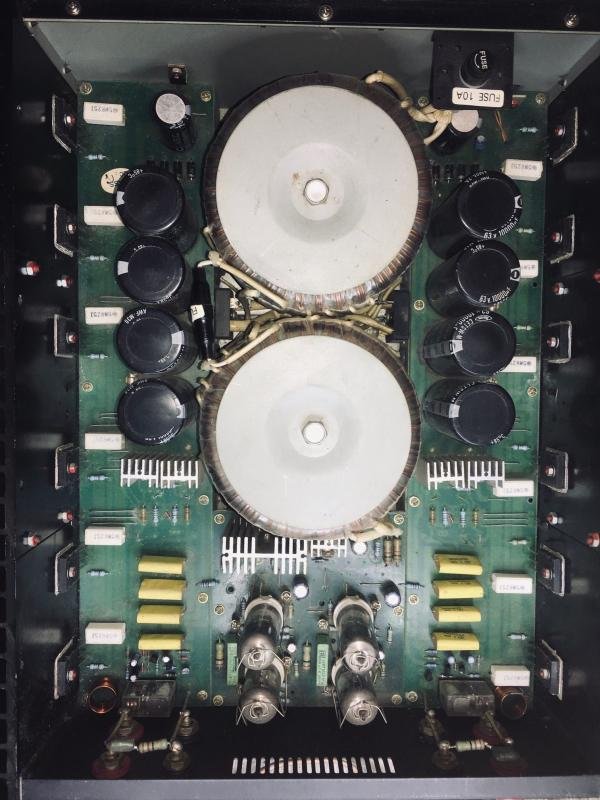There was a time when I thought chamber is easily reproduced by small or simple systems (quads, martin logans, etc) and big tall speakers are required for full symphony to do large wide scale side to side, deep behind, with a lot of separation.
This is usually true with digital and meh records. Which the guys with full range drivers in OB often use in videos.
With good records, the best symphonies I heard were Mayer 46 - Pnoe, as was the chamber. Not that the Pnoe is a small speaker, it is quite tall and big, but it is a single driver. My videos from Bill on Beethoven 7th and Scheherazade depict some of that magic – many did tell me that was their favorite Scheherazade video (thus agreeing with in-room impressions).
Yes big dual FLHs can do both as well.
But so can small O96s and Audionec evo2s if run properly with good records, as can the Diesis with the all Kondo system. They allow very simple signal paths projecting the scale from the recording rather than imposing it due to speaker size. Therefore they rise and fall and ebb with the music rather than Yo girl, look how biiiig I am – the girl does not want a guy a who stays in competition pose throughout the date. And the speaker scale can never be better than the scale of, for example, a well recorded Decca. And it is not that the well recorded Decca plays bigger in a bigger system than a smaller system, it plays bigger in a better system, which could be small or big
I agree.
The other thing is the more you appreciate solo, partitas, duos, trios, quartets, X-tets, etc.. . the number of well recorded good performances is much higher than for full symphony, and they have their own challenges in reproduction.
From a system testing perspective, while I do not like the idea of being comfortable auditioning only small chamber and ignoring large orchestra, I do not like the idea that some people play a big symphony like Firebird Suite only to hear the loud tympani and some separation, and large size, then do not go about auditioning smaller scale music which also is an effective system test.







